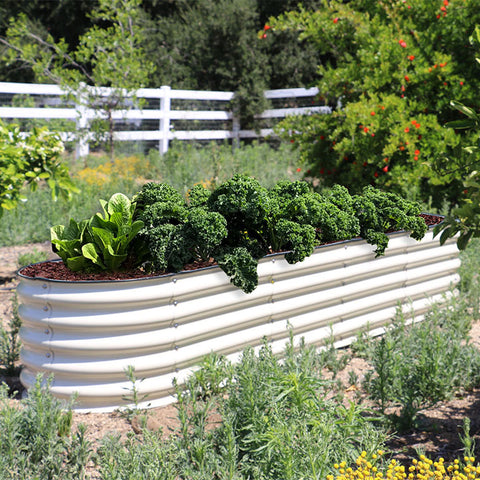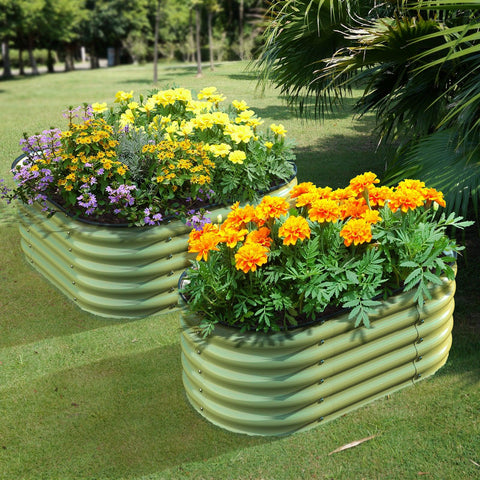Knowledge from Olle Garden Bed: Why Winter Is A Good Time for Gardening
Before you settle down to enjoy the long winter nap, you should do something. Use the year-end plant sales to select some selected plants and put them in the garden. The following content also has some reference value for raised garden beds.

Winter is not just a good time to plant in a temperate climate. Informed gardeners have long realized that in areas where the ground is not completely frozen, this is the best time!
There are four reasons:
- Plants are dormant in winter, which means they are inactive. Because they are "sleeping", they suffer less transplant shock when planted under this condition than when they are "awake" and actively growing.
- When plants are in a dormant state, they need significantly less water for active growth in spring, summer and even autumn. In addition, the rainfall in winter is often more than that in the other three seasons, which is a welcome benefit for any gardener's water bill. However, watering newly planted plants is a necessary step, so do not forget to do so regardless of the season.
- Insects and plant diseases are not active in cold weather. This means that when you put new plants underground in winter, you don't have to worry about insects biting off leaves or black spots or molds that seem to come out of nowhere.
- Planting in winter gives plants the opportunity to adapt to their new homes and start early root growth in spring before the summer heat.

"Especially woody plants, especially trees and shrubs, respond well to planting in autumn and winter," said Amanda Campbell, manager of the exhibition garden of the Atlanta Botanical Garden. "Because they are already in a dormant state when they enter the ground, when spring comes for the first time - many times people cannot detect it, but the trees pick it up and wait for the right signal - they start to grow their roots.
Campbell pointed out: "Starting root growth early in spring makes them have a good and solid start in spring and summer, which may be intermittent water and temperature changes." The soil around them has settled down from planting. If you cover it in autumn, you should do this, which helps regulate soil temperature and humidity, "she said. "Winter sowing and autumn covering make winter plants advance a step when spring comes."
She added that smaller perennials can also be planted in autumn and winter, but sometimes struggle more because they are often not as big or rooted as trees and shrubs. She said that some people just don't like to settle down in cold and wet weather.

Temperature control
If you want to know what the temperate zone means, Campbell said that it basically refers to the typical warm summer and cool/cold winter. She said that in a very general sense, this is basically anything between the tropical regions, the regions around the equator and the polar climate. For example, contiguous states are mostly temperate.
She said that the exception was the southern hinterland of the subtropical zone; Florida and Hawaii are considered tropical regions; Desert area; California, classified as Mediterranean; And most of Alaska, the Arctic.
Although there seems to be a lot of room for speculation, please follow the basic rule: if the ground is not frozen, it can be planted. On Easter or Mother's Day, your garden is probably the best garden in your neighborhood.
